Assistant professor at @ucm.es studying how we can improve predictions of biodiversity responses to global change.
#ConservationBiology 🌍, biogeography, movement ecology, Citizen science, #Rstats
| www.gfandos.com
theconversation.com/la-ley-de-he...

Reposted by Guillermo Fandós

theconversation.com/la-ley-de-he...
Reposted by Guillermo Fandós, Vojtěch Brlík
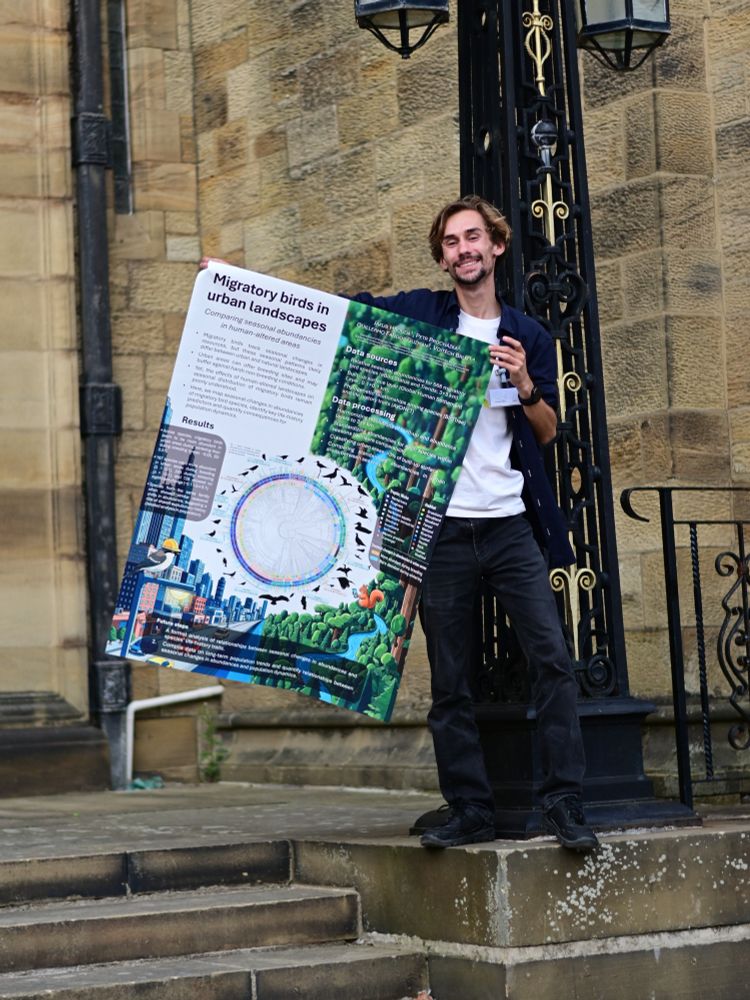

If you want to know, how does urbanization impact migratory bird seasonal distribution (and you didn't manage to come to my poster yesterday), don't hesitate to find me and ask!
@eounion.bsky.social
allí
Reposted by Darío Martin‐Benito, Guillermo Fandós, Alba Anadon‐Rosell

My keynote talk will be Monday evening (19:40 h). I'll present an updated overview of that elusive conundrum which links subindividual plant ecology with a set of independent epigenetic causal layers
Reposted by Guillermo Fandós
Reposted by Alejandra Zarzo‐Arias
✅ Título de la Universidad Complutense de Madrid
✅ 100% presencial
💡 Aprende a:
✔ Aplicar programación y diferentes métodos estadísticos
✔ Analizar datos genéticos y genómicos
✔ Modelizar distribución y abundancia de especies
#Rstats #Formación #Bioinformática #stats #analytics
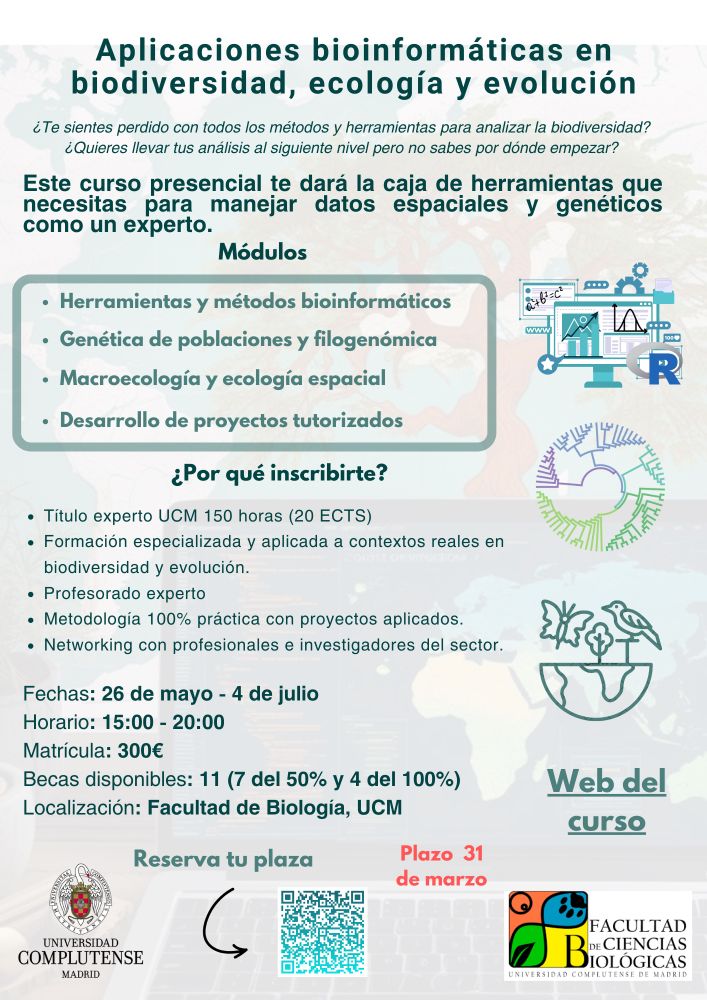
📅 26 mayo - 4 julio | ⏰ 15:00 - 20:00
📍 Facultad de Biología, Universidad Complutense de Madrid
💰 300€
🎯 Metodología 100% práctica con proyectos y tutorización experta
📌 Inscríbete ya! ucm.es/formacion-pe...
Reposted by Guillermo Fandós
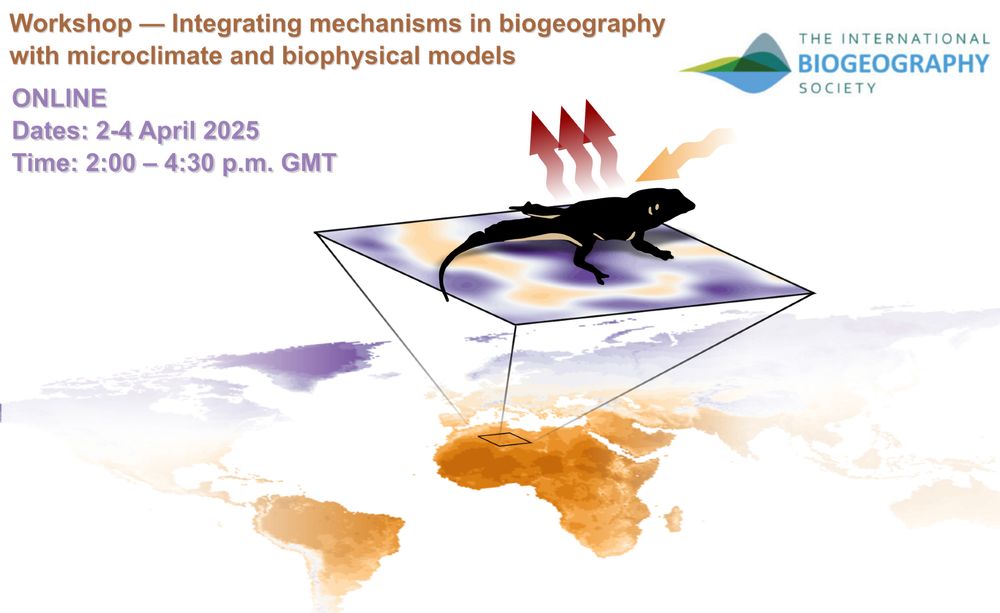
Reposted by Guillermo Fandós
👤 Steffi LaZerte
📖 Essential R packages & resources for data science, visualization, & workflows. Check it out!
🔗 https://steffilazerte.ca/posts/useful-packages/
#rladies#rstats#packages#resources#r
www.anabenitezlopez.com/job-offer-ph...
Reposted by Nick M. Haddad, Guillermo Fandós
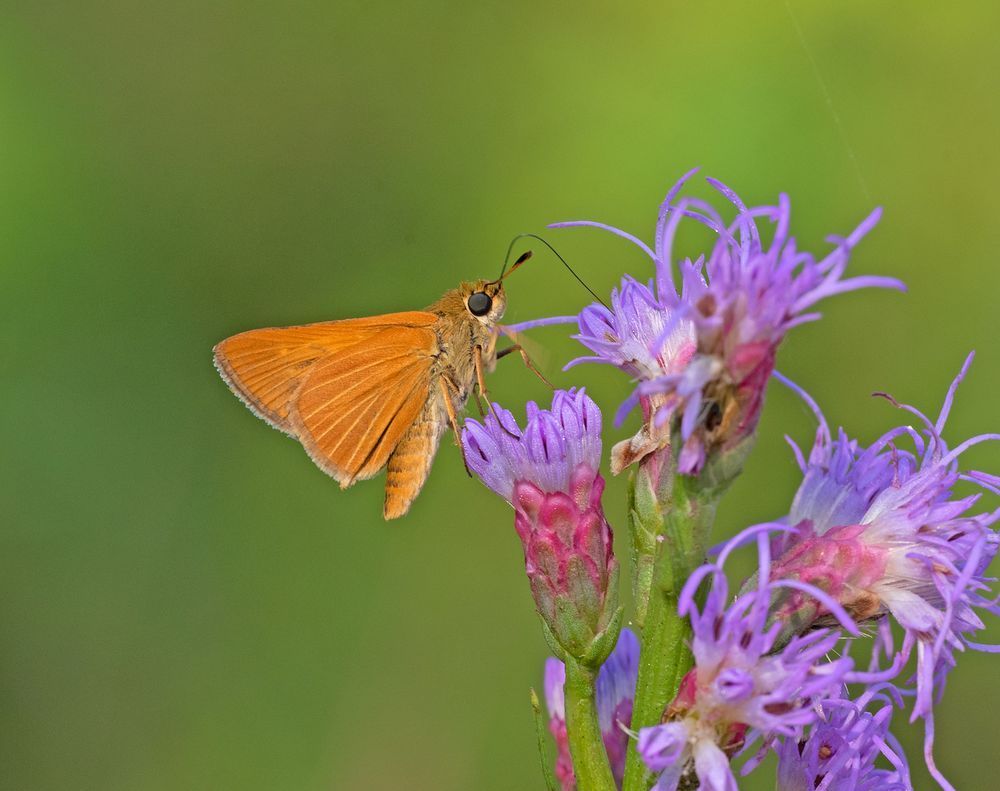
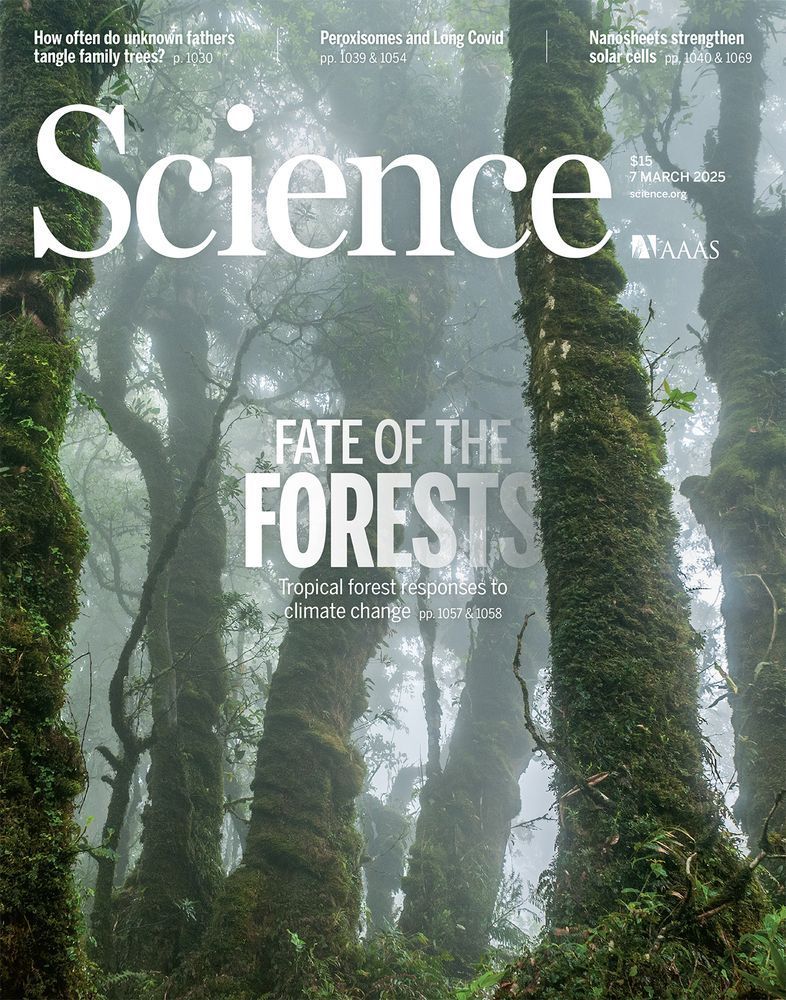
Learn more in this week's issue of Science: scim.ag/3QLYhyc
Reposted by Guillermo Fandós, Lina López‐Ricaurte

@juanma-pg.bsky.social
we have just published this article about some worrying trends we have observed in the marking of animals with GPS .... 1/n link.springer.com/article/10.1...
Reposted by Guillermo Fandós

Last chapter of @elequintero.bsky.social's PhD thesis
doi.org/10.1073/pnas... #ecopubs
Reposted by Boris Leroy, Romain Bertrand, Guillermo Fandós

Denelle et al. present bioregion, a package that includes all the steps of a bioregionalization workflow under a single architecture 🌎 🧪 Read more here 👇
https://buff.ly/3CHqC5p
Reposted by Romain Bertrand, Elena D. Concepción, Raquel Ponti
REGISTER: www.biogeography.org/news/news/wo...

@biogeography.bsky.social
@jgrubalcaba.bsky.social
Reposted by Guillermo Fandós

REGISTER: www.biogeography.org/news/news/wo...
Reposted by Guillermo Fandós

ecoinfaeet.github.io
Reposted by Guillermo Fandós, Pedro Mittelman

Check our last paper led by Andrea Vallejo-Vargas and published @animalecology.bsky.social
besjournals.onlinelibrary.wiley.com/doi/epdf/10....
Reposted by Guillermo Fandós

Blog from last month may be of interest.
wadertales.wordpress.com/2025/01/09/h...
@amigodeaves.bsky.social paper explains how to bring ringing, colour-ring and tracking data together, to identify key migration sites.
#ConservationScience🌏
Reposted by Guillermo Fandós, Lisa Hülsmann
Reposted by Anna María, Jeff Carter, Andreas Haupt , and 2 more Anna María, Jeff Carter, Andreas Haupt, Laurent Bergé, Guillermo Fandós
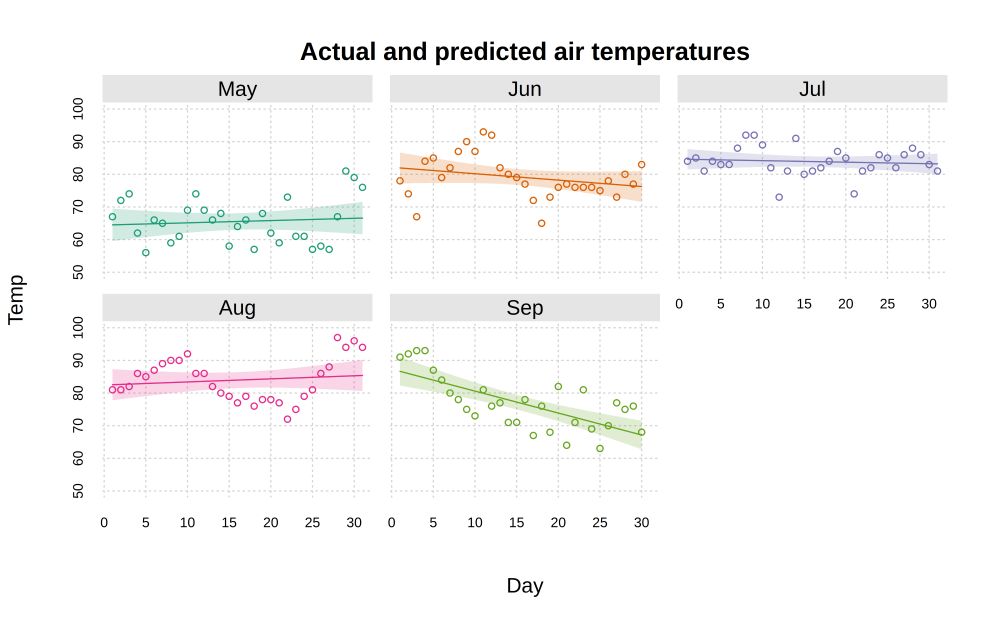
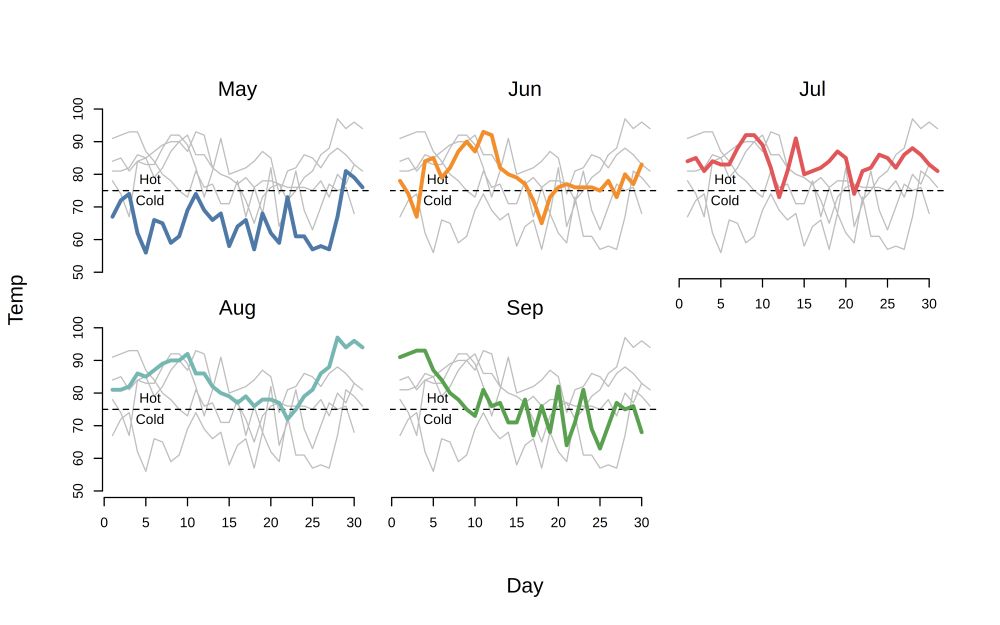
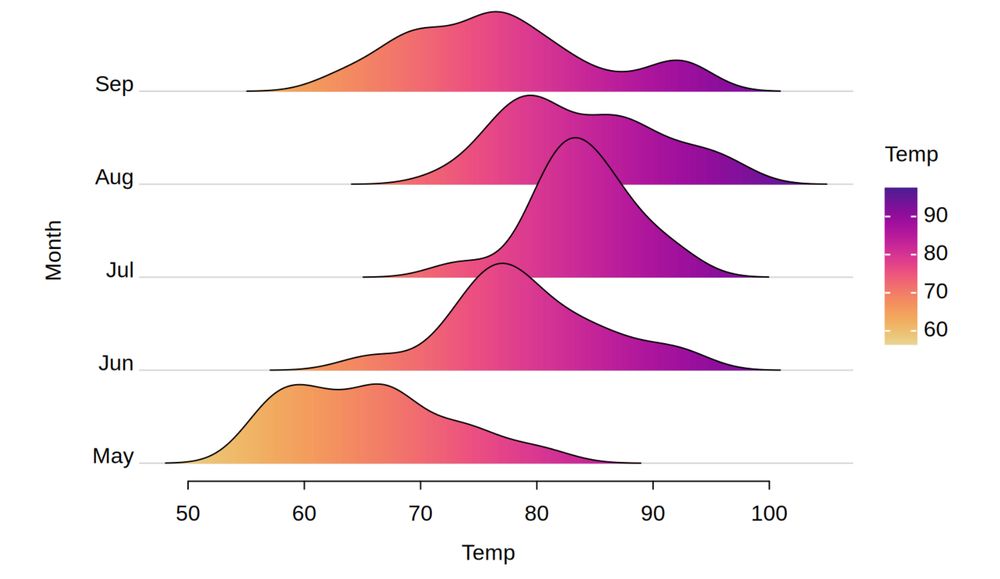
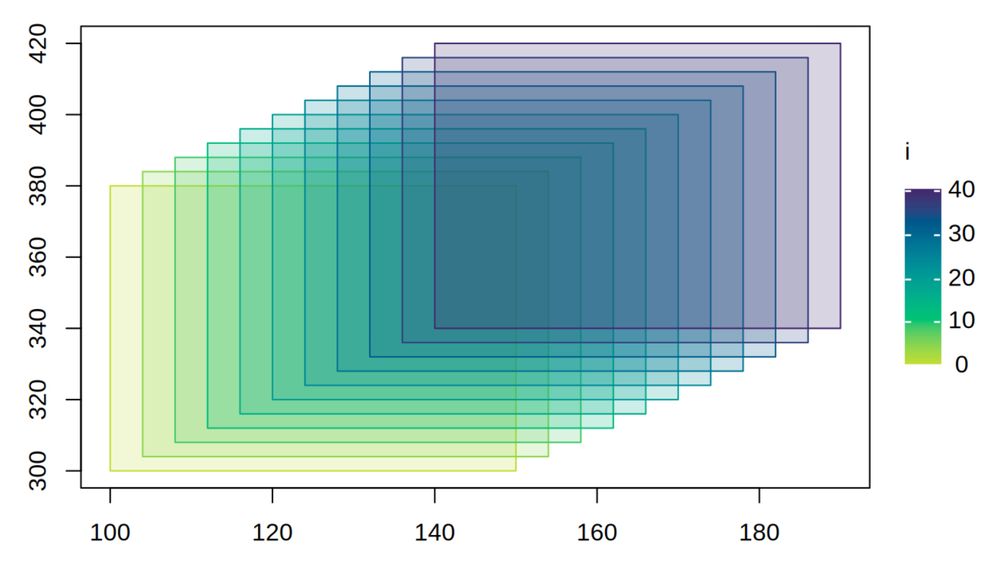
It's a lightweight #Rstats 📦 to draw beautiful and complex plots, using an ultra-simple and concise syntax.
This is a massive release! @gmcd.bsky.social @zeileis.org and I worked hard to add tons of new themes and plot types.
Check it out!
grantmcdermott.com/tinyplot/
Reposted by Guillermo Fandós
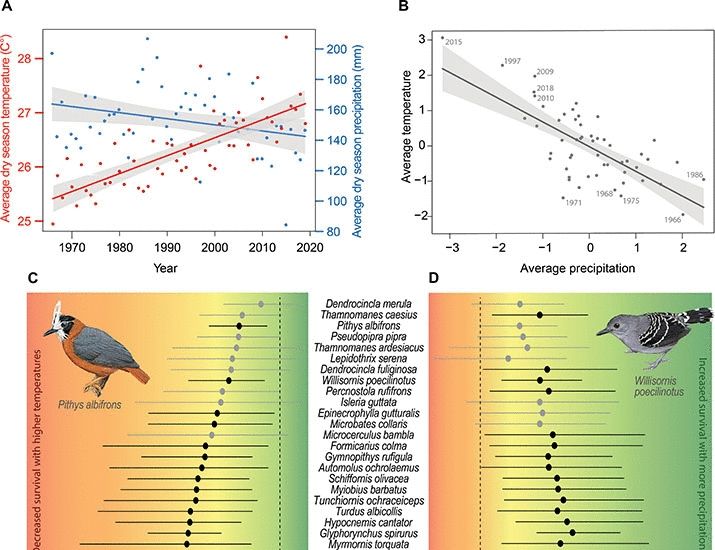
www.science.org/doi/10.1126/...
Reposted by Guillermo Fandós

www.nortes.me/2023/10/21/a...
Reposted by Guillermo Fandós

#MigrationMasters #ProtectWildJourneys
#OvercomingBarriers
Paper from 2019: www.nature.com/articles/s41...
Reposted by Guillermo Fandós



